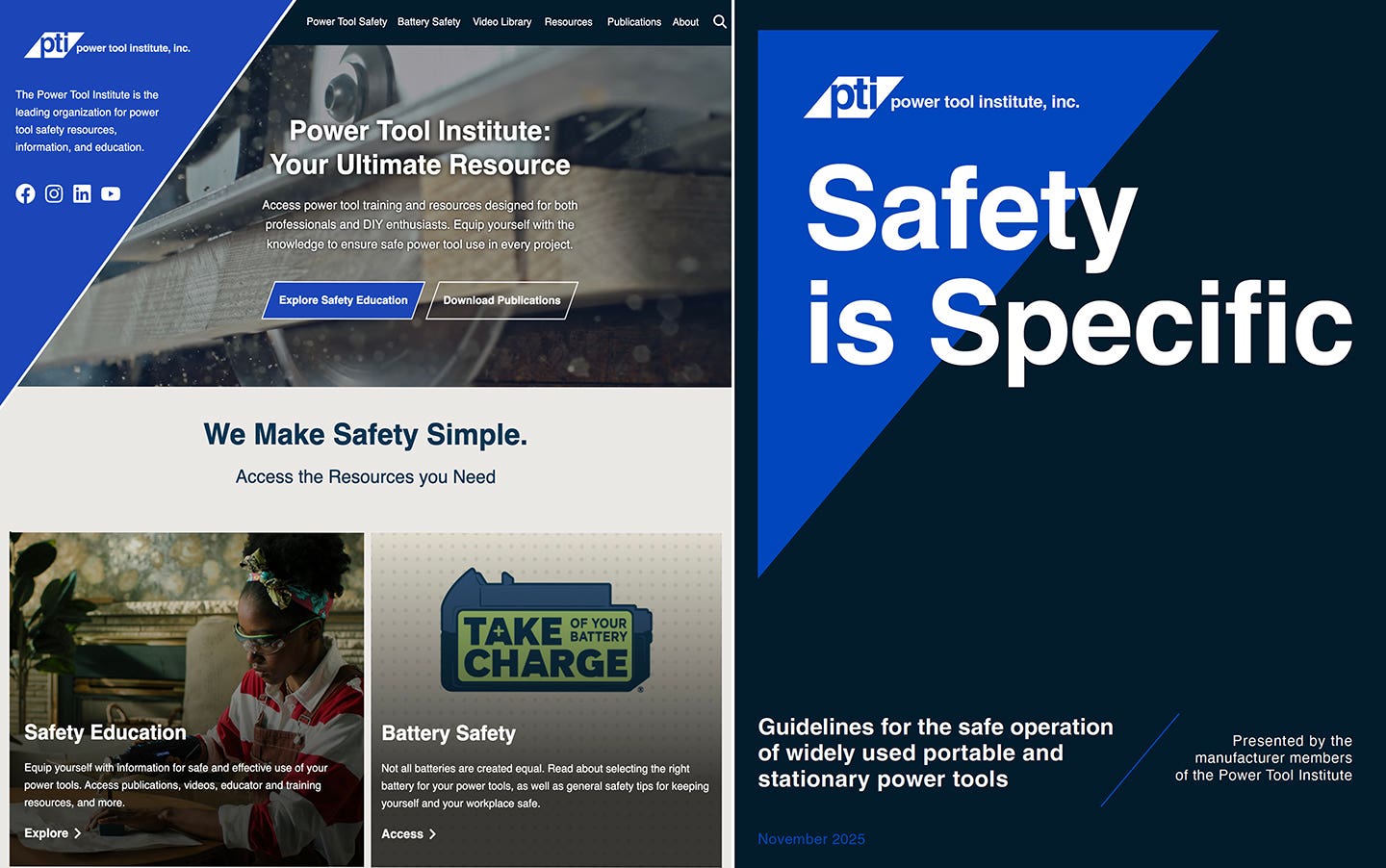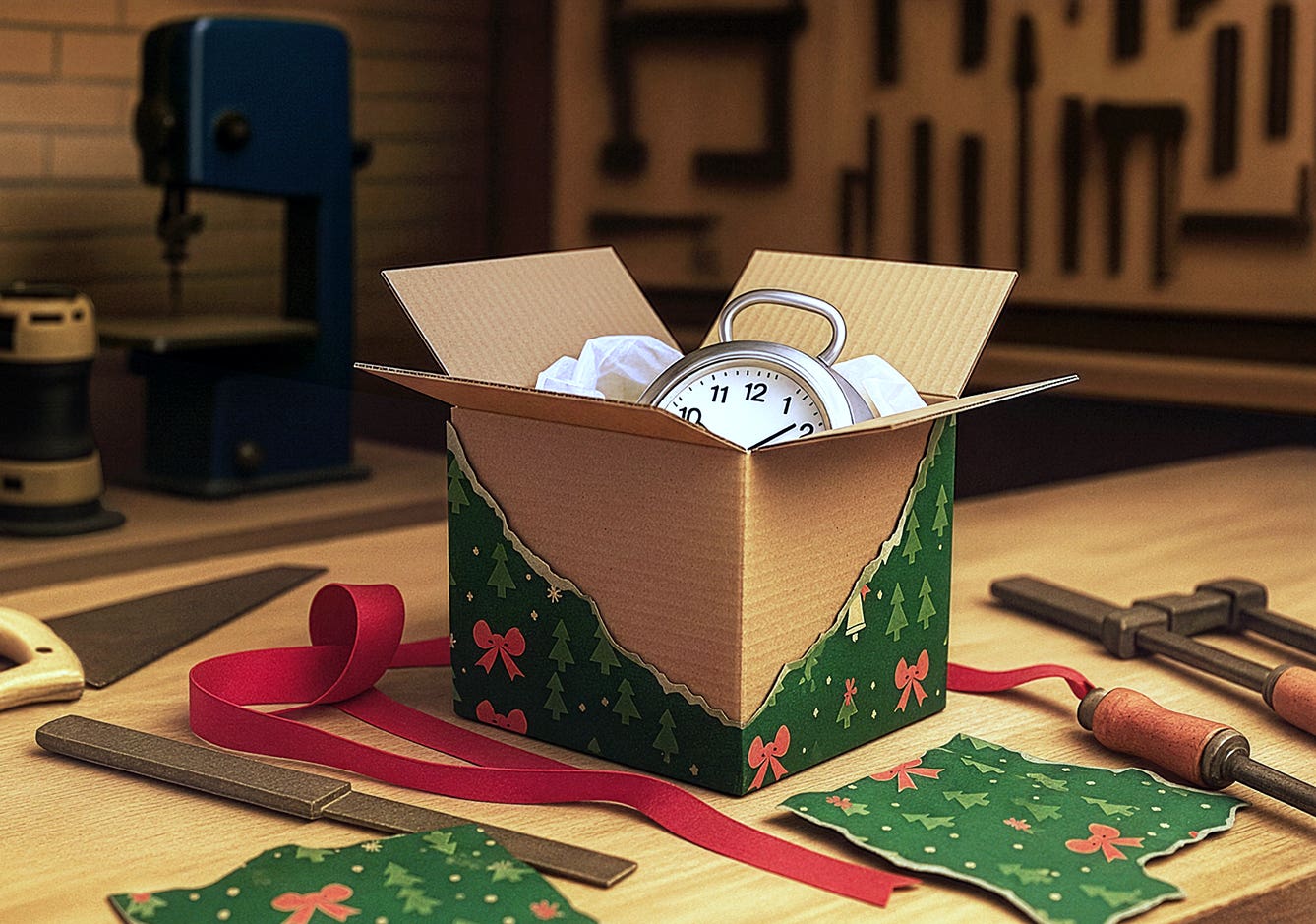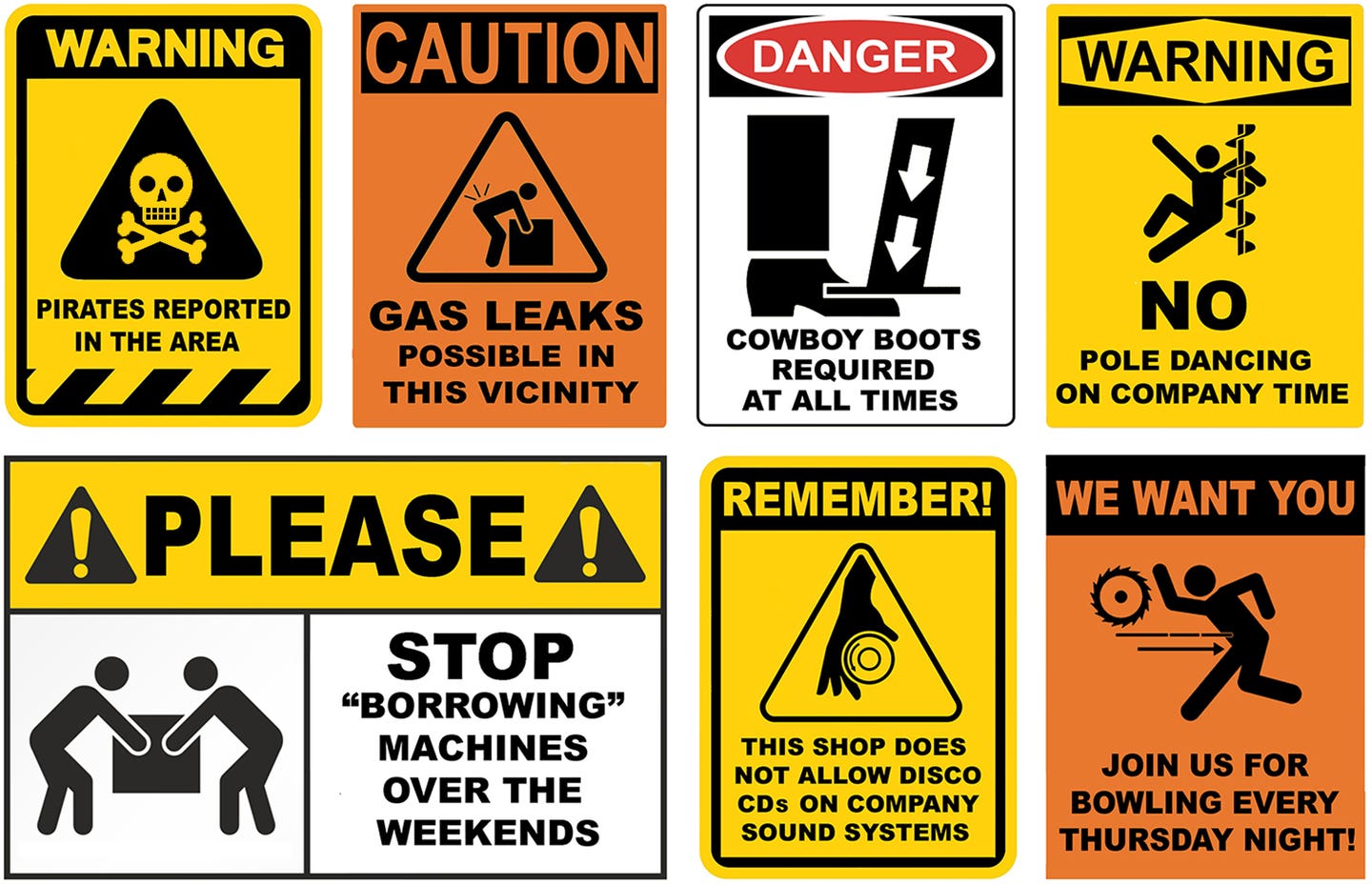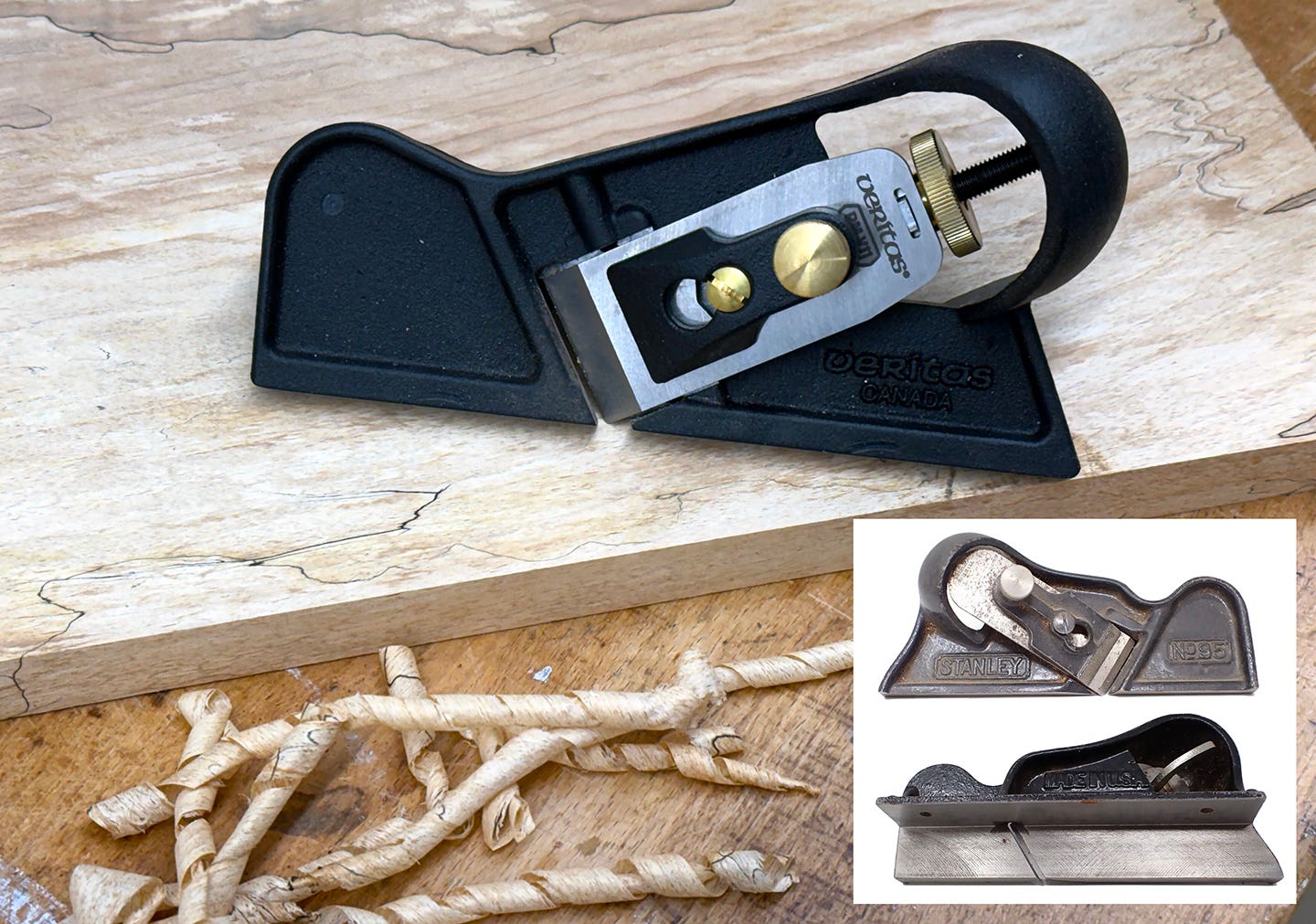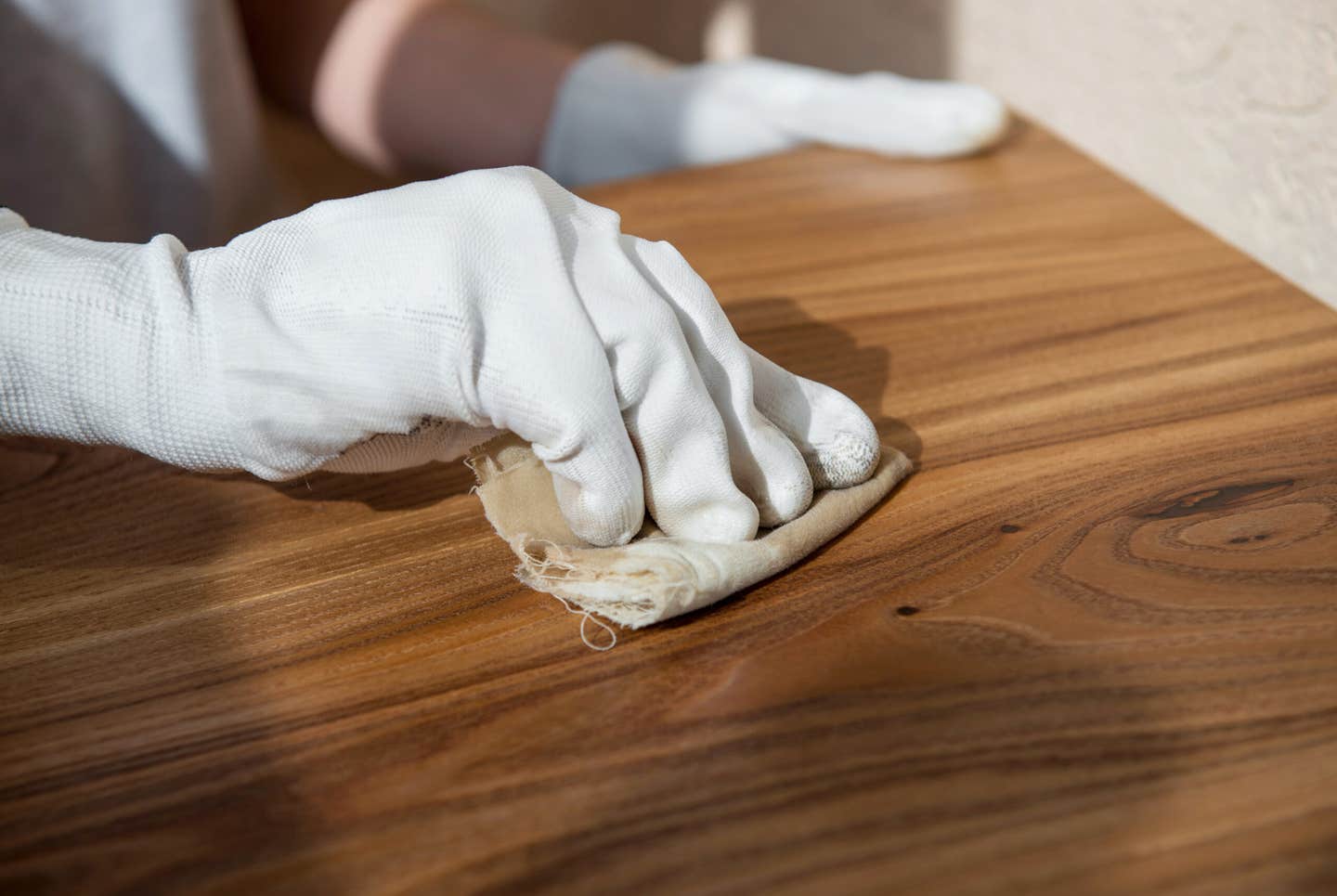3-D printing: This changes everything
When woodworkers take a rough plank or a 4’ x 8’ sheet of plywood and turn them into useful items, we do so through a process of subtraction. Like a…
When woodworkers take a rough plank or a 4’ x 8’ sheet of plywood and turn them into useful items, we do so through a process of subtraction. Like a stone sculpture, we start with a block and remove stock until we have the part we need. A machine shop does much the same. This is generally referred to as subtractive manufacturing. Conversely, 3-D printing is additive manufacturing, the process of building up a part from raw materials and not adding the unwanted bits.
Not terribly long ago, paper-printed materials were strictly the province of commercial publishers. Some very large corporations might have had in-house printing capabilities, but if you were a small businessperson or working from home, printed materials had to be laboriously typed out, then either photocopied or run off on a mimeograph machine. In a case of history repeating itself, this time the “desktop publishing” results are three-dimensional solid objects that can be used pretty much right off the printer. And this new 3-D printing revolution is going to change everything.
Today’s technology
I have been watching this technology advance for a couple of decades now. What was first known as rapid prototyping began with a process called stereo lithography. A tank of polymer liquid was exposed to a pair of lasers controlled by a computer. Wherever these laser beams intersected, the liquid would instantly cure into a solid. Over a few hours, a three-dimensional solid model would emerge from the tank.
Over time, other methods were developed that were faster, cheaper and more accurate. Just as with the advent of CNC technology into the woodshop, 3-D printers have become much faster, less expensive and easier to use. Today anyone can begin printing small items for less than $500.
Two primary technologies have emerged as the mainstream in 3-D printing: Fused Deposition Modeling (FDM) and Drop On Drop printing.
Fused Deposition Modeling is a process where melted plastic is extruded through a nozzle that “draws” the part layer upon layer. Picture a hot-melt glue gun mounted to a small CNC.
Drop On Drop is more like printing. Very tiny drops of liquid plastic are deposited onto a plate through small nozzles in the same manner that an inkjet printer works. As the print head moves back and forth, a UV light hardens the liquid plastic instantly, allowing the next layer to be laid down. Any gaps or voids in the desired part are also printed in a secondary, soluble material to support the object being printed. On completion, the model is a solid block of material until the support resin is washed away, leaving the finished model including internal voids.
Drop On Drop is the most capable technology; it produces much finer detail and can print much more sophisticated items. Assemblies can even be produced with moving parts such as gears mounted to shafts and meshing properly together and can even be printed from dissimilar materials as a single unit.
FDM machines can be manufactured at far lower costs and, while they can produce parts that are quite usable, they lack the detail and versatility of Drop On Drop machines.
A quick fix
If you have read this far, the real question in your mind right now is: “How does any of this affect me or my business?” Today, there might be little direct effect, but I assure you that it will become more and more important every day. Allow me to explain.
In May 2013, I purchased my first 3-D printer. The machine, extra print cartridges and shipping totaled about $1,700. I bought it because I often make prototype parts for my own use and for clients.
But the real potential impact of 3-D printing came to me when the plastic brackets that hold the door handle on my microwave at home had broken. This particular part would require some pretty complex machining on multiple faces and contained compound curves. So I decided to try printing the replacements on my new machine. The parts fit properly the first time out and are still holding the door handle on the microwave more than a year later. This got me thinking.
What if major appliance manufacturers like LG and Whirlpool could stop having to guess how many of each spare part to make for all of their different models old and new? What if they did not have to ship these spares halfway around the world to be stored in a local warehouse? What if they did not have to package them and what if they did not have to dispose of the unused ones after having paid to store and inventory them for years?
If they simply maintained the part as a 3-D model on a computer server somewhere, any time someone needed to replace that small plastic bracket, they could pay LG a couple of dollars for the model and either print it out themselves or have it printed at a neighborhood “3-D Copy Shop.” Think about that for a minute. Think about all the raw materials saved, all the fuel saved, all the storage space saved and all the man hours saved. Staples is already experimenting with adding 3-D printing to their stores and I am convinced that in less than five years, the vast majority of Americans will live within 20 minutes of a 3-D copy shop.
And it is not just about plastics anymore. Three-dimensional printing technology is being developed for metals, foods, concrete and even human tissue. Right now a company called Organovo is in trials printing human liver tissues using much the same technology I have been discussing.
The future is now
If you own a CNC milling machine, you already know that the true challenge is how to program the system. Where will the 3-D models come from? I have been using SolidWorks since 2003 to create 3-D models and AutoCad is certainly 3-D capable as are many CAD/CAM systems we are all familiar with. But while these systems can produce files for 3-D printing, organic designs with complex curvatures such as braces to fit a leg or that bridge your dentist wants you to have are much more difficult. At least they used to be.
Three-dimensional programming technology has been developing right alongside 3-D printing technology. The 3-D CAD/CAM software that came with my Cube printer cost $45 and is remarkably easy to use and get great results. And current touch-free scanning technology is probably much farther advanced than you realize. 3D Systems sells a hand-held 3-D scanner for $400, is pre-selling an iPad-connected scanner for $500 and AutoDesk has a free app called 123D Catch that allows you to combine a series of photos of an object into a 3-D model that can be printed.
Now any and all of this might or might not directly affect your life and your woodworking business, but recently an inventor named Kai Parthy developed Laywoo-D3, a filament made of recycled wood and polymer composite. Yes, you can now 3-D print (partially) wood objects.
I am not saying that your cabinet shop is about to be rendered obsolete or that you must own your own 3-D printer to compete in the future. What I am saying is that this rapidly growing technology has the potential to change our world as much as the Internet did, and you owe it to yourself and your business to at least be aware of it. Embracing this technology could allow you to expand your product offerings, give your shop the edge on the competition and propel your business forward into the future of woodworking.
Ralph Bagnall offers professional consulting services through his website, www.consultingwoodworker.com. He will present “3D Printing and the Return of the Cottage Industry” at the 2014 IWF.
This article originally appeared in the August 2014 issue.
A.J. Hamler is the former editor of Woodshop News and Woodcraft Magazine. He's currently a freelance woodworking writer/editor, which is another way of stating self-employed. When he's not writing or in the shop, he enjoys science fiction, gourmet cooking and Civil War reenacting, but not at the same time.


